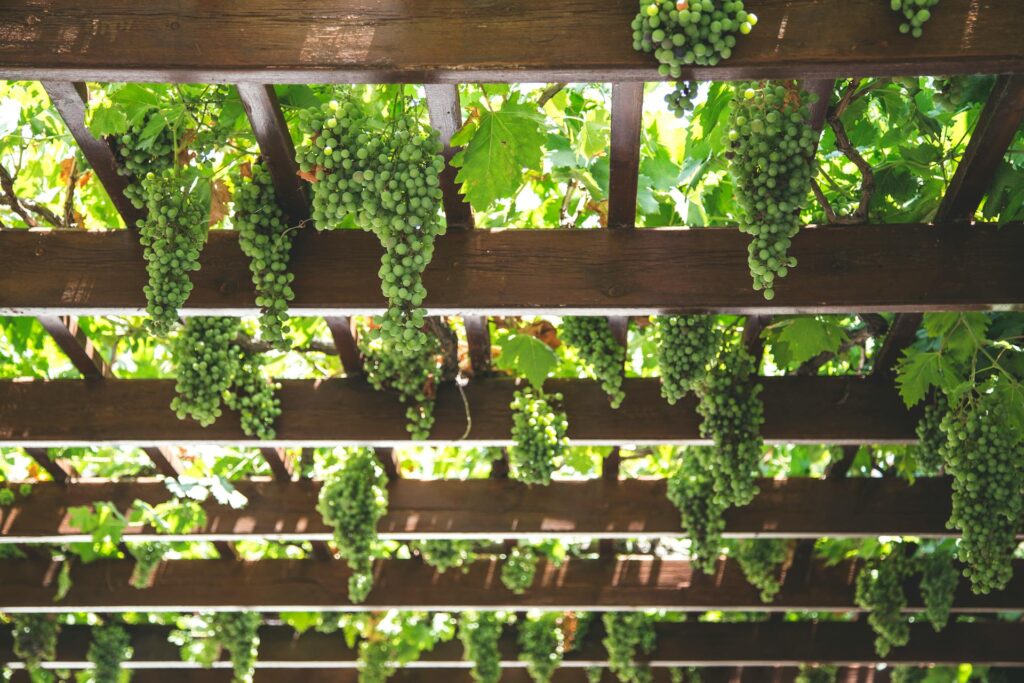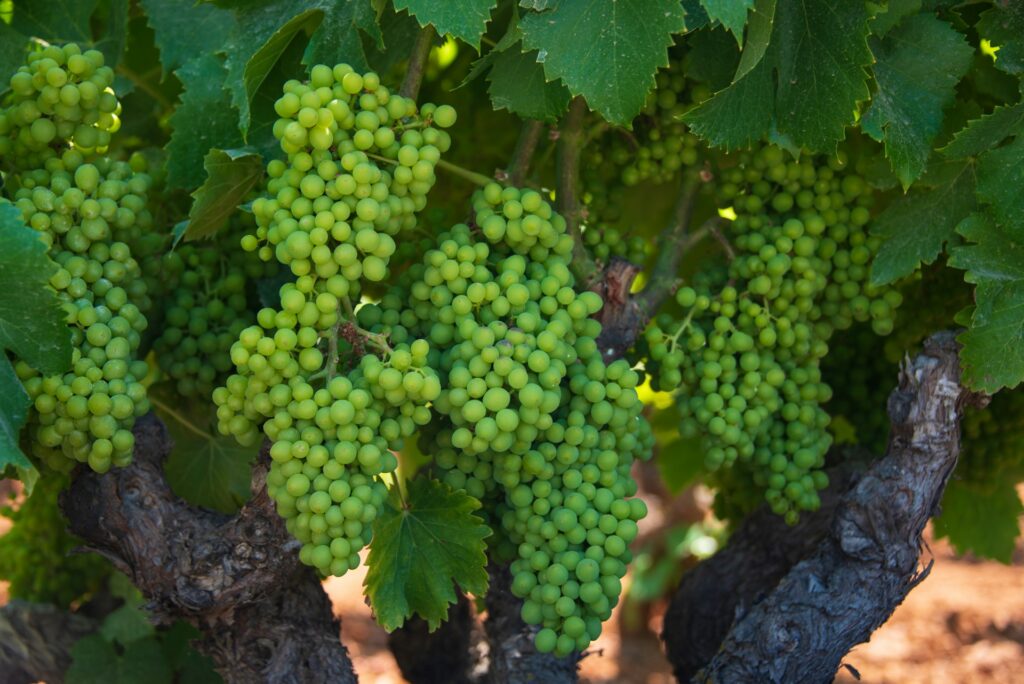
Discover the best practices for green grape varieties cultivation. Learn how to cultivate various types of green grapes successfully.
Introduction: Welcome to our comprehensive guide on cultivating green grape varieties! Whether you're a seasoned grape grower or just starting out, this article will provide you with valuable insights and tips for nurturing vibrant vines and harvesting delicious green grapes. From choosing the right varieties to ensuring proper care throughout the growing season, we've got you covered. Let's dive in!
Choosing the Right Green Grape Varieties: When embarking on your green grape cultivation journey, selecting the right grape varieties is crucial. Consider factors such as climate suitability, disease resistance, and intended use (eating fresh, winemaking, etc.). Some popular green grape varieties renowned for their flavor and adaptability include:

Before planting, ensure that your chosen varieties are well-suited to your local climate and soil conditions. Consult with local agricultural extension services or experienced growers for recommendations tailored to your region.
Cultivation Techniques for Green Grapes: Now that you've selected your green grape varieties, let's explore some essential cultivation techniques to ensure a successful harvest:
1. Site Selection: Choose a sunny location with well-drained soil for planting your grapevines. Adequate sunlight is essential for photosynthesis and fruit development, while proper drainage helps prevent waterlogged roots.
2. Trellising and Pruning: Train your grapevines onto trellises to support their growth and facilitate air circulation. Pruning is essential for managing vine vigor, promoting fruit production, and reducing the risk of disease. Prune during the dormant season, removing old wood and excess growth to maintain an open canopy.
3. Irrigation and Water Management: Provide consistent moisture during the growing season, especially during periods of drought. Avoid overwatering, as excess moisture can lead to fungal diseases such as powdery mildew. Mulching around the base of the vines helps retain soil moisture and suppress weeds.
4. Pest and Disease Control: Monitor your grapevines regularly for signs of pests and diseases, such as aphids, mealybugs, and fungal infections. Implement integrated pest management strategies, including cultural practices, biological controls, and judicious use of pesticides as a last resort.
5. Harvesting and Post-Harvest Care: Harvest your green grapes at their peak ripeness for the best flavor and sugar content. Grapes destined for winemaking are typically harvested earlier, while those for fresh consumption can be left on the vine longer. Handle grapes gently to avoid bruising, and store them in a cool, humid environment to prolong freshness.
A1: Yes, you can successfully grow green grapes in large containers or pots, provided they have adequate drainage and support.
A2: Grapevines typically begin bearing fruit within 2 to 3 years after planting, with full production reached in 3 to 5 years.
A3: In most regions, the best time to plant grapevines is in the early spring, after the risk of frost has passed and the soil has warmed up.
A4: Ripe green grapes will have a slightly translucent appearance, firm texture, and pleasant fragrance. Taste-testing a few grapes can also help determine ripeness.
A5: Yes, organic grape cultivation is possible by implementing natural pest and disease management strategies, enriching soil fertility with compost and organic amendments, and avoiding synthetic chemicals.
A6: Green grape vines may be susceptible to pests like aphids and diseases like powdery mildew. Managing them can involve organic methods such as introducing beneficial insects or using neem oil sprays.
A7: Green grape vines thrive in full sunlight, requiring at least 6 to 8 hours of direct sunlight daily for optimal growth and fruit production.
A8: While it's possible to grow green grapes indoors, it's essential to ensure adequate sunlight, space, and ventilation. Additionally, indoor grapevines may require extra care and support for proper growth.
A9: Popular green grape varieties for home cultivation include Thompson Seedless, Perlette, and Sovereign Coronation. Each variety offers unique flavors and characteristics suited to different climates and growing conditions.
A10: Pruning green grape vines is essential for managing vine health, controlling yield, and promoting fruit quality. Techniques such as cane pruning and spur pruning can help maintain vine balance and productivity.

These are just a few examples of green grape varieties, and there are many more cultivated around the world, each with its own unique characteristics.
Conclusion: Growing green grape varieties can be a rewarding experience, whether you're cultivating them for personal enjoyment or commercial production. By following the tips outlined in this guide, you'll be well-equipped to nurture healthy grapevines and enjoy bountiful harvests of delicious green grapes. Remember to adapt your practices to suit your specific growing conditions and stay proactive in managing pests and diseases. Happy grape growing!
Note : If you want to know and ask more questions about agriculture, you can contact here

Copyright 2024 Farming Solutions